
B.ED EDUCATION SYSTEM
Education is the foundation of human turn of events and progress. It is the cycle by which information, abilities, values, and perspectives are communicated starting with one age then onto the next, moulding the fate of people and social orders. The B.Ed. seminar on the education system offers a far-reaching investigation of the complex snare of thoughts, practices, and strategies that comprise the groundwork of training. In this course, we will dig into the diverse parts of school systems around the world, looking to figure out their advancement, reason, and effect. We will reveal the philosophical underpinnings that guide instructive practices, investigate the mental hypotheses that shed light on how people learn, look at the unique course of educational program plan, and examine the assorted showing systems utilized to work with compelling learning.
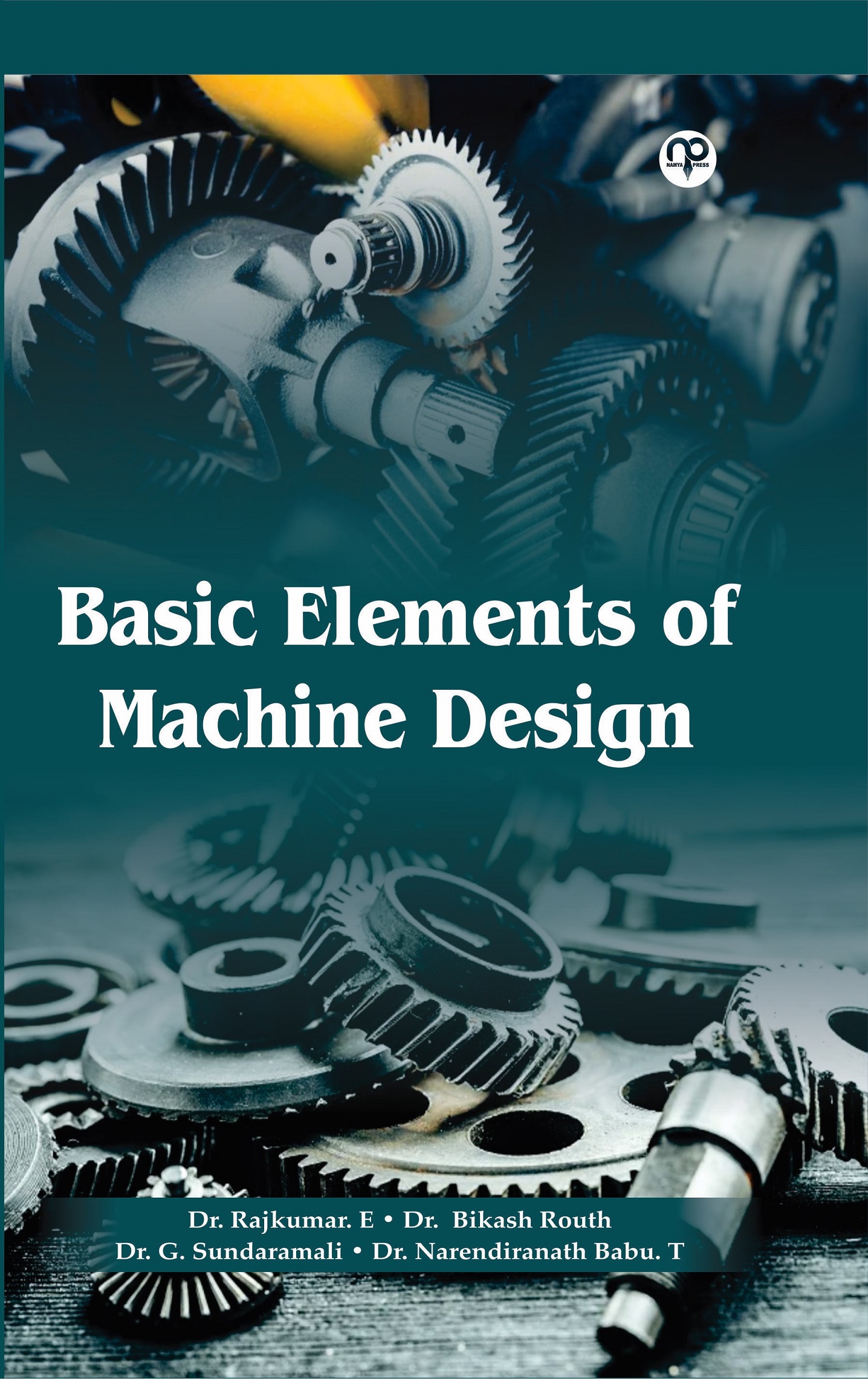
Basic elements of machine design
Designing a new machine or system is not just about solving the problems
of today, but about anticipating the needs of tomorrow. This requires a deep
understanding of the industry in which the machine will be used, as well as an
awareness of current and future trends. It also requires a willingness to adapt and
change as new information becomes available, ensuring that the final product is
as cutting-edge as possible
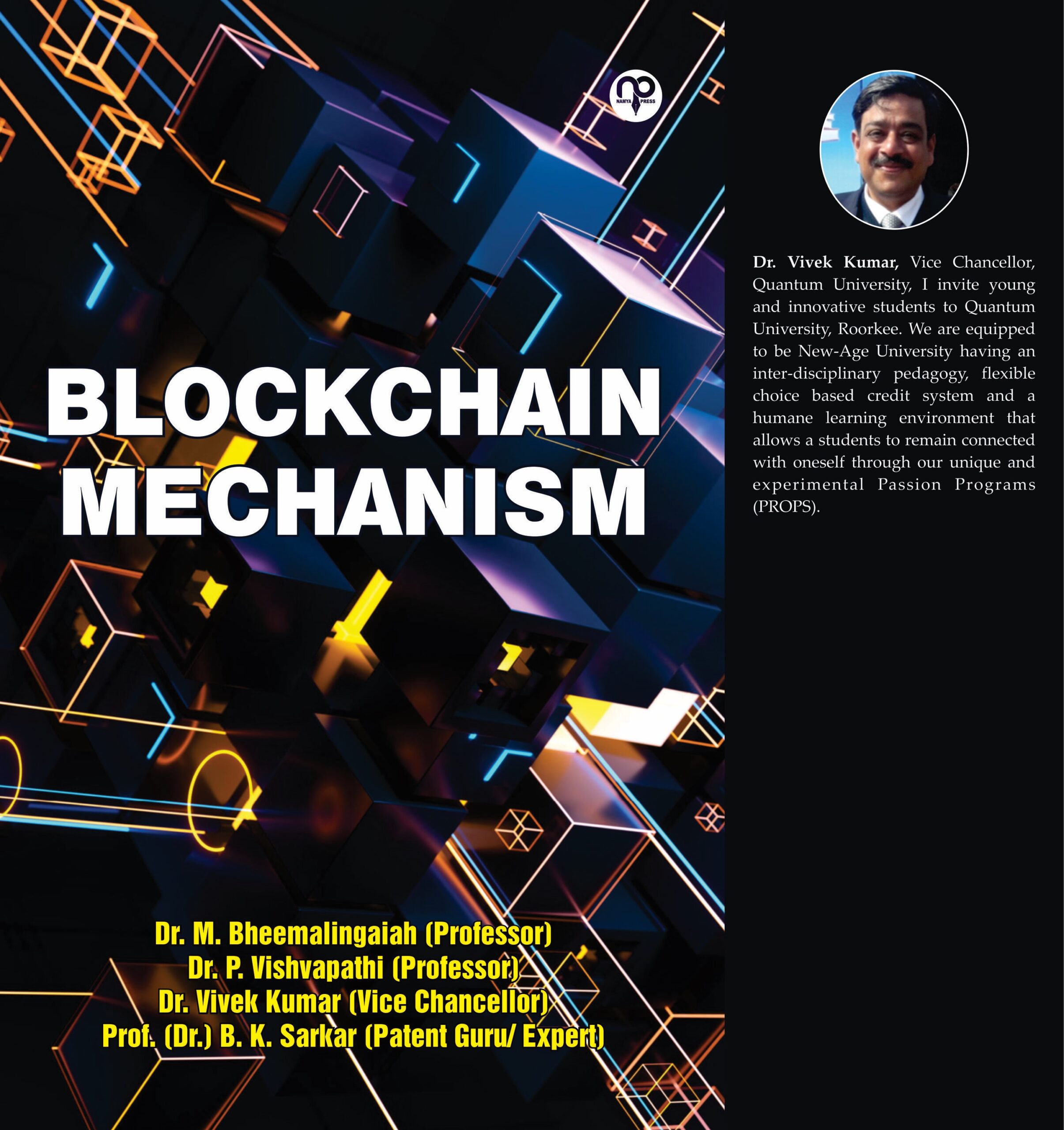
Blockchain Mechanism
A blockchain is essentially a distributed database of records or public ledger of all transactions or
digital events that have been executed and shared among participating parties. Each transaction in
the public ledger is verified by consensus of a majority of the participants in the system. And, once
entered, information can never be erased. The blockchain contains a certain and verifiable record of
every single transaction ever made. Bitcoin, the decentralized peertopeer
digital currency, is the
most popular example that uses blockchain technology. The digital currency bitcoin itself is highly
controversial but the underlying blockchain technology has worked flawlessly and found wide range of
applications in both financial and nonfinancial
world.
The main hypothesis is that the blockchain establishes a system of creating a d istributed
consensus i n the digital online world. This allows participating entities to know for certain that a
digital event happened by creating an irrefutable record in a public ledger. I t opens the door for
developing a democratic open and scalable digital economy from a centralized one. There are
tremendous opportunities in this disruptive technology and revolution in this space has just begun.
This white paper describes blockchain technology and some compelling specific applications in both
financial and nonfinancial
sector. We then look at the challenges ahead and business opportunities
in this fundamental technology that is all set to revolutionize our digital world.
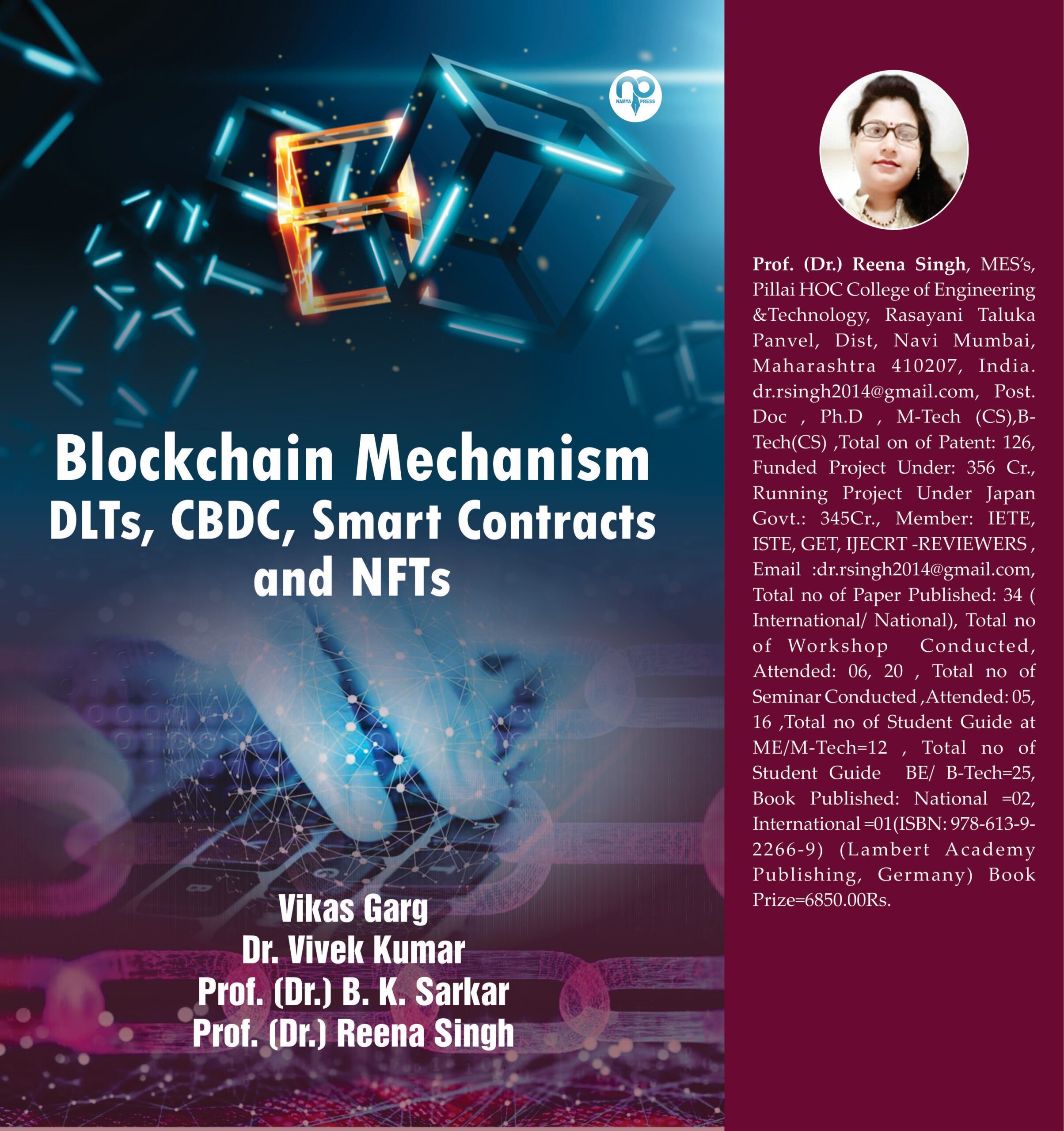
Blockchain Mechanism, DLTs, CBDC, Smart Contracts and NFTs
We examine the connection between fundamental blockchain component of cryptographic forms of money and its distributional attributes. Notwithstanding cost, we stress on utilizing real block size and block time as the functional elements of cryptos. We utilize distributional attributes like Fourier power range, minutes, and quantiles, worldwide we desired states, as well as the actions for long haul conditions, chance and commotion to sum up the data from crypto time series. With the speculation that the blockchain structure makes sense of the distributional attributes of cryptos, we utilize trademark based ghastly bunching to bunch the chose cryptos into five gatherings. We investigate these groups and find very that the bunches of cryptos share comparative system like beginning of fork, trouble change recurrence, and the idea of block size. This paper furnishes crypto makers and clients with a superior comprehension toward the association between the blockchain convention plan and distributional qualities of cryptos. A blockchain is a decentralized, dispersed, and frequently open, computerized record comprising of records called blocks that are utilized to record exchanges across numerous PCs so that any elaborate block can’t be changed retroactively, without the modification of every resulting block.
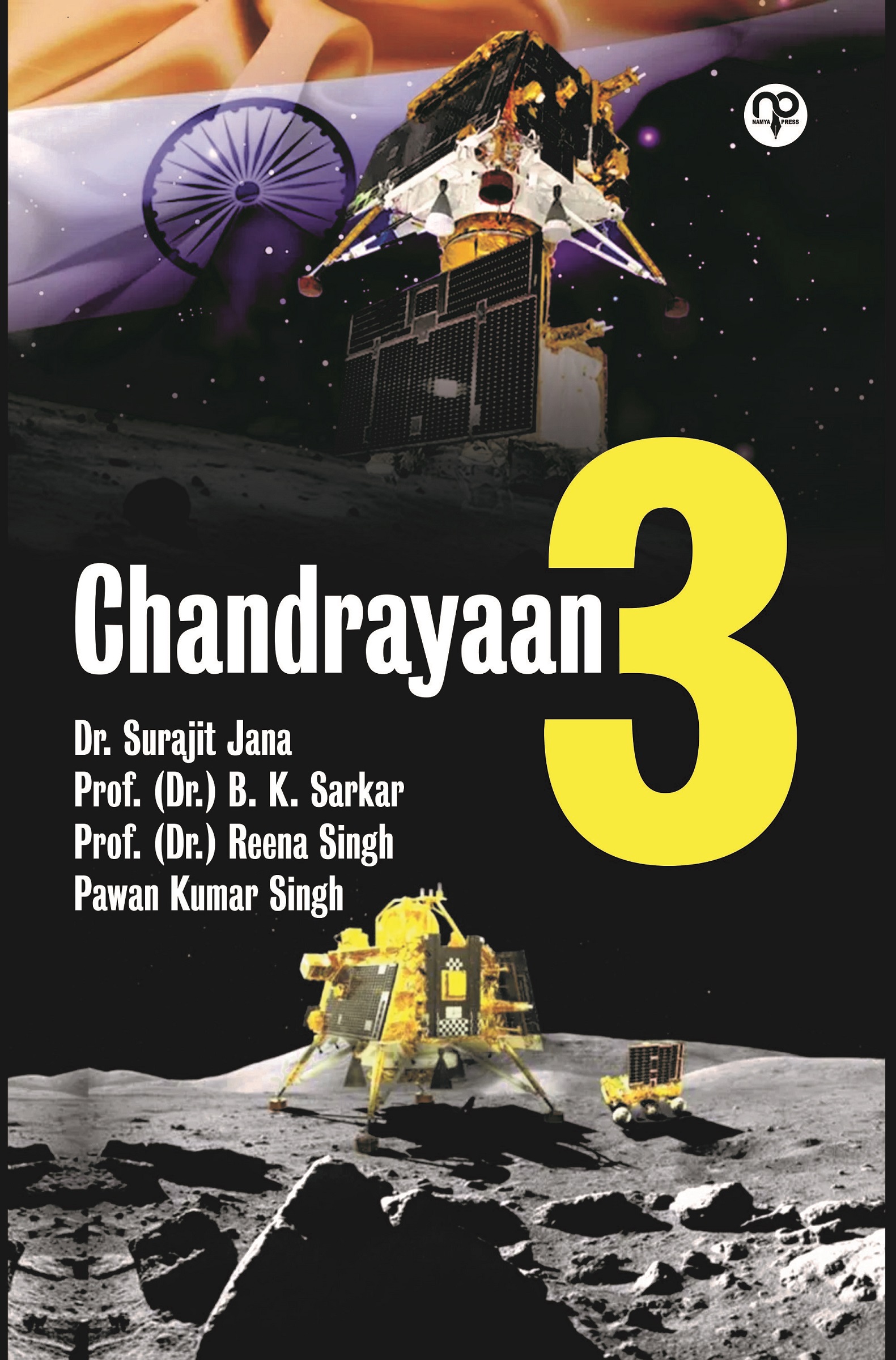
Chandrayaan-3
In the fabulous embroidery of mankind’s investigation of the universe, the Moon has everlastingly been a puzzling dream, drawing researchers, visionaries, and visionaries into its circle. Among these pilgrims, the Indian Space Research Organization (ISRO) has arisen as an exceptional player, prearranging its own section in lunar investigation history through the Chandrayaan series. As expectation mounts and logical interest lights again, Chandrayaan-3 becomes the dominant focal point as the furthest down the line demonstration of India’s immovable obligation to pushing the limits of room investigation.

Constructing Inventive Minds Facilitators Self-help: A manual
“Constructing Inventive Minds-Teachers Self-help: A Manual” represents a groundbreaking shift in the realm of education. By advocating for a dynamic and interactive teaching approach, it seeks to revolutionize the way knowledge is imparted and absorbed within the classroom.
At the heart of this paradigm lies the fundamental principle of constructivism-the belief that learning is a dynamic,evolving process, with each new piece of knowledge being built upon the foundation of what was previously learned. This challenges the traditional notion of passive absorption of information, instead emphasizing the active engagement of learners in their own educational journey.
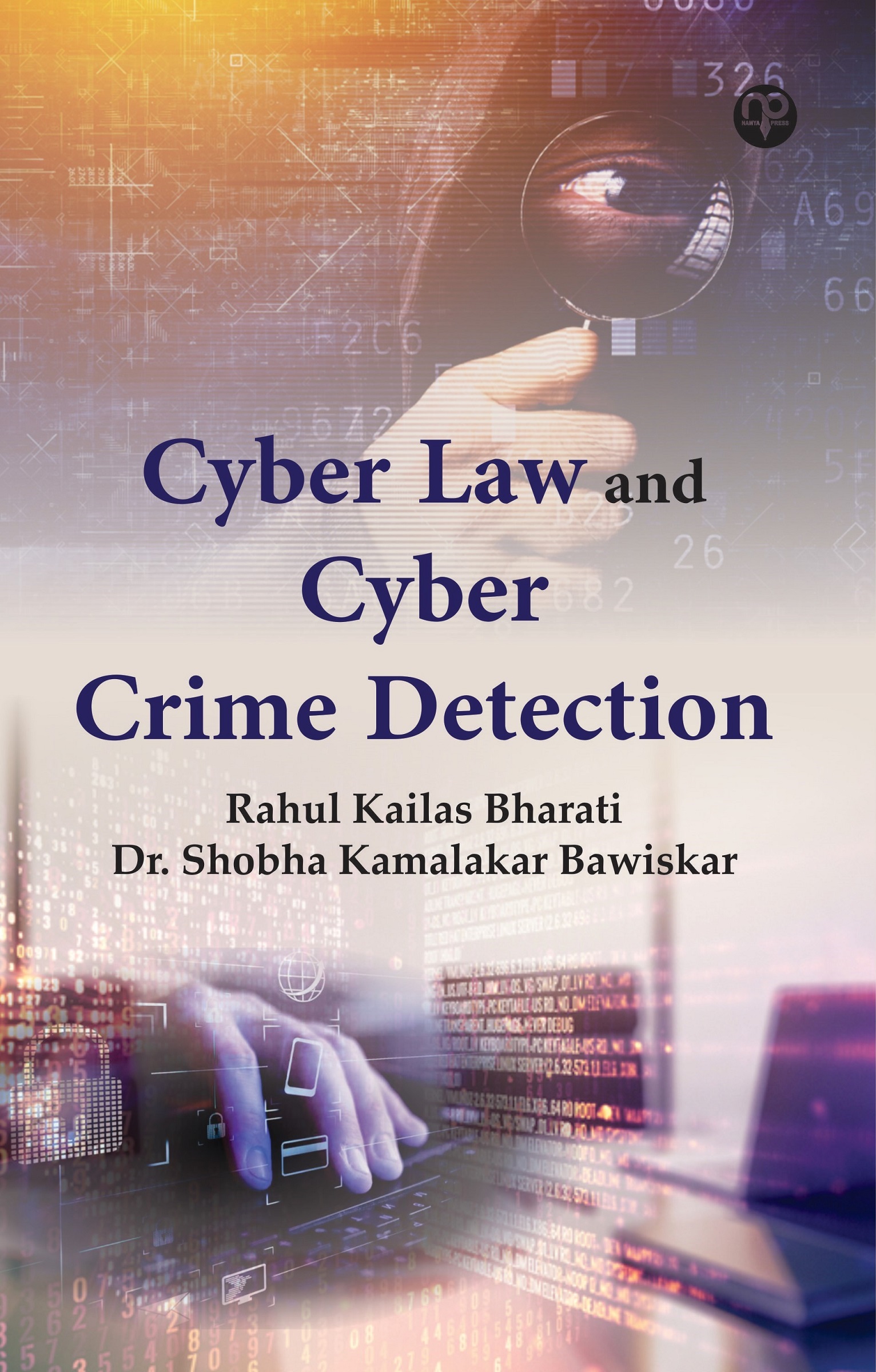
Cyber Law and Cyber Crime Detection
or criminal offense that involves computers, computer networks, or digital technologies as the primary means or target of the illegal act. These crimes are committed by individuals, groups, or organizations with the intent to cause harm, steal information, commit fraud, disrupt computer systems, or engage in other malicious activities using digital tools and the internet. Computer crimes encompass a wide range of illegal activities, including hacking, malware distribution, identity theft, online fraud, phishing, denial-of-service attacks, cyberbullying, and more. These activities can result in financial losses, data breaches, privacy violations, and other harmful consequences for individuals, businesses, and governments. It’s important to note that laws and regulations regarding computer crime vary from one jurisdiction to another, and they are designed to address and prosecute these offenses while promoting cybersecurity and protecting digital assets.
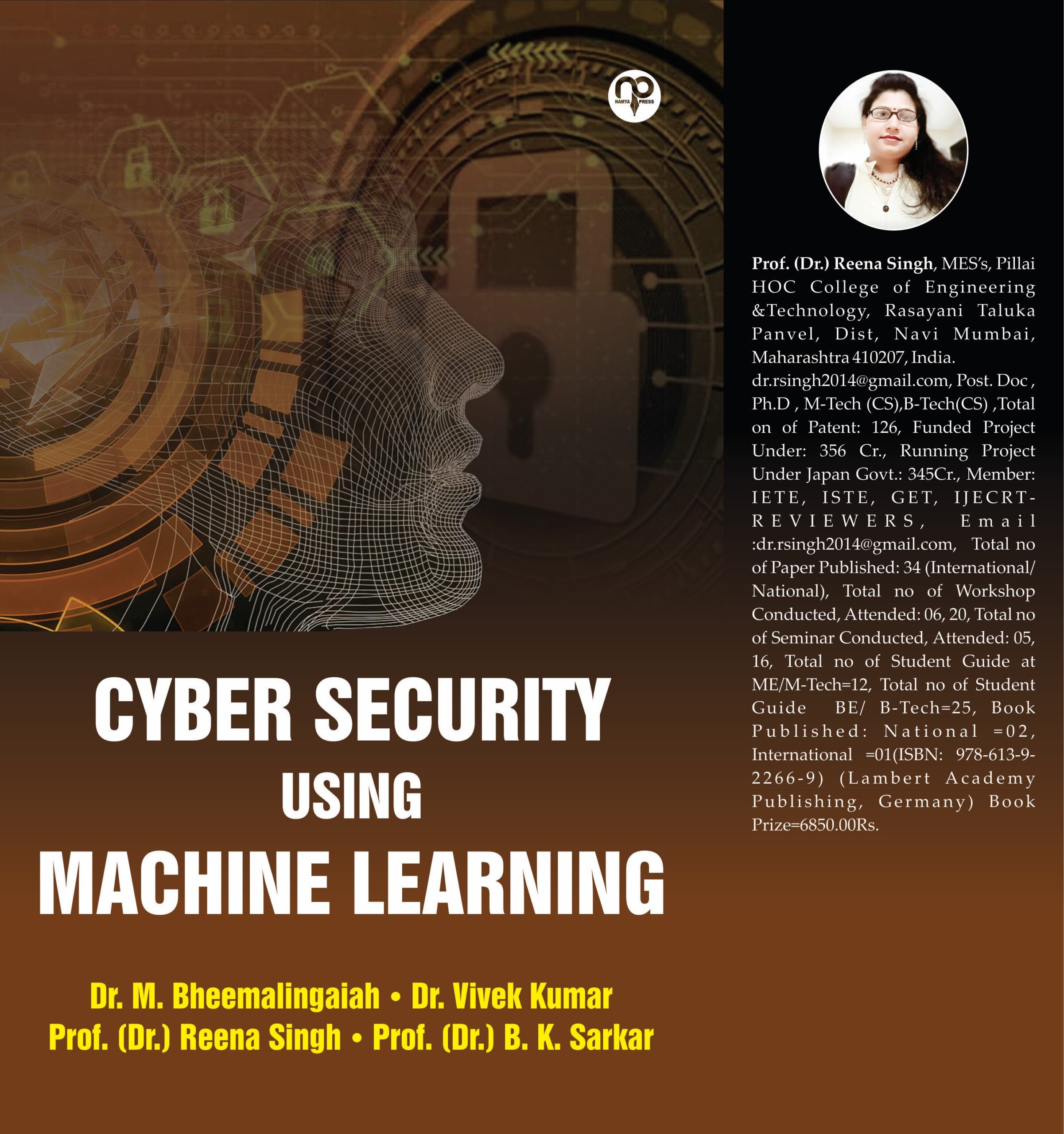
Cyber Security using Machine Learning
Within the ever-growing and quickly increasing field of cyber security, it is nearly impossible to quantify or justify the explanations why cyber security has such an outsized impact. Permitting malicious threats to run any place, at any time or in any context is a long way from being acceptable, and may cause forceful injury. It particularly applies to the Byzantine web of consumers and using the net and company information that cyber security groups are finding it hard to shield and contain. Cyber security may be a necessary thought for people and families alike, also for businesses, governments, and academic establishments that operate inside the compass of world network or net. With the facility of Machine Learning, we will advance cyber security landscape. Businesses these days are gathering immense amounts of user information. Information is at the heartbeat of any business-critical system you’ll be able to think about. This co-jointly includes infrastructure systems that are being implemented these days. Today’s high-tech infrastructure, that has network and cyber security systems, is gathering tremendous amounts of data and analytics on almost all the key aspects of mission-critical systems. Whereas people still give the key operational oversight and intelligent insights into today’s infrastructure, machine learning and AI are gaining pace and gathering immense momentum in most of the areas of today’s systems, whether or not it’s positioned on premise or within the cyber security house.
Keywords:Machine Learning, cyber security, k-means,Random Forest, SVM etc.
